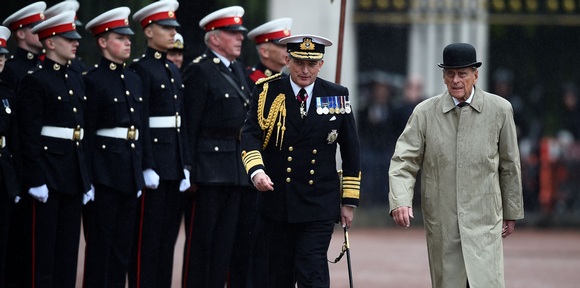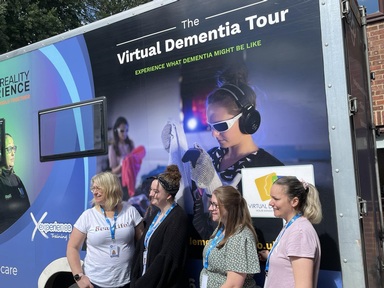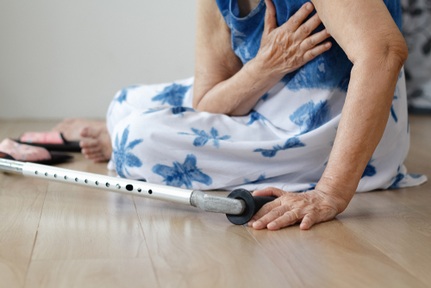Prince Philip car crash raises questions about older drivers and safety
A car crash near the Queen’s Sandringham Estate, involving Prince Philip, has raised fresh calls for limits on the age people should be allowed to drive.

The Duke of Edinburgh who is 97, once famously drove Barack and Michelle Obama around Sandringham on their visit to the UK in 2016.
However the crash on 17 January, when the Duke's Land Rover collided with a Kia, left two women receiving hospital treatment. There was a nine month old baby in the Kia who was unhurt.
Prince Philip was not injured but the crash left him “very shaken and shocked”.
In the wake of the crash, the road safety charity, Brake, has called for older drivers to have regular sight and hearing tests so they don't put others at risk.
In the UK those who turn 70 see their licenses automatically expire by law. They then need to fill in a self-assessment form to state they are fit to drive, but they don’t have to prove it.
Individuals need to reapply every three years. The DVLA have to be notified of any changes in health that will affect a person’s ability to drive.
Caroline Abrahams, charity director at Age UK, defended older drivers, saying: “Age is a pretty poor indicator of driving ability and the truth is that some people are better drivers than others regardless of age."
The AA states there are 1.2m full licence holders in their eighties in the UK. There are also 100,000 in their nineties, and around 250 centenarians.
Ms Abrahams added: “It is also important to remember that there are more older drivers on the road today than ever before and overall their safety record is very good - in fact on average they are less likely to have an accident than younger drivers.
“We certainly don't think there is a place for arbitrary upper age limits for driving - the evidence suggests this would unfairly penalise many older people who are perfectly capable of driving safely, without making a significant impact on road safety standards overall."
Giving up driving can mean a huge loss of independence and self-esteem for many older drivers.
Nick Lloyd, acting head of road safety for The Royal Society for the Prevention of Accidents (RoSPA) said: “We were very distressed to hear of the incident involving our former President, HRH The Duke of Edinburgh, and two other people, and we are extremely pleased and relieved to hear that everyone involved was not seriously injured.
“In the wake of the incident, we have inevitably heard calls for mandatory testing of people of a certain age. This is a red herring – age is a completely arbitrary and unreliable measure for assessing someone’s ability to drive. Statistically, older drivers have fewer accidents than other age groups."
He added: "If we were to restrict drivers based on any relationship between age and accident rates, we would need to take a fresh look at inexperienced, younger drivers aged 17 to 24. Although this younger age group accounts for just seven per cent of the driving population, they are involved in around 22 per cent of fatal or serious road traffic incidents."
Mr Lloyd also highlighted the importance of being able to drive for those who live in rural areas where there is limited public transport.
"Taking away someone’s ability to drive can have a major impact on their independence and should be very carefully considered because it could lead to an increase in the rising toll of loneliness and isolation that we are seeing amongst older people in our ageing society," he said.
More information can be found at www.olderdrivers.org.uk
Latest News
 29-Jul-24
Dementia Bus gives carehome.co.uk staff insight into life with dementia
29-Jul-24
Dementia Bus gives carehome.co.uk staff insight into life with dementia
 27-Jul-23
UK's top home care agencies in 2023 revealed
27-Jul-23
UK's top home care agencies in 2023 revealed
 30-Nov-22
A quarter of older people keep their falls secret from family
30-Nov-22
A quarter of older people keep their falls secret from family
 29-Nov-22
'Covid-19 has not gone away' say terminally ill
29-Nov-22
'Covid-19 has not gone away' say terminally ill
 28-Nov-22
IT consultant who received poor care opens 'compassionate' home care business
28-Nov-22
IT consultant who received poor care opens 'compassionate' home care business